Post 1 – 2024 Aesthetics Explorations, Art Deco
Max Palish
Art Deco is a style of visual art, architecture, and product design that originated in the 1920s. The style or aesthetic was first seen in the Exposition Internationale des Arts Decoratifs (Art Deco) et Industreils Modernes, a past art expo in Paris that took place in 1925. The expo “was designed by the French government to highlight the new modern style of architecture, interior decoration, furniture, glass, jewelry and other decorative arts in Europe and throughout the world.” (Wiki Contributors, 2020). The defining features of art deco is its “streamline” look, with geometric and ornate features.
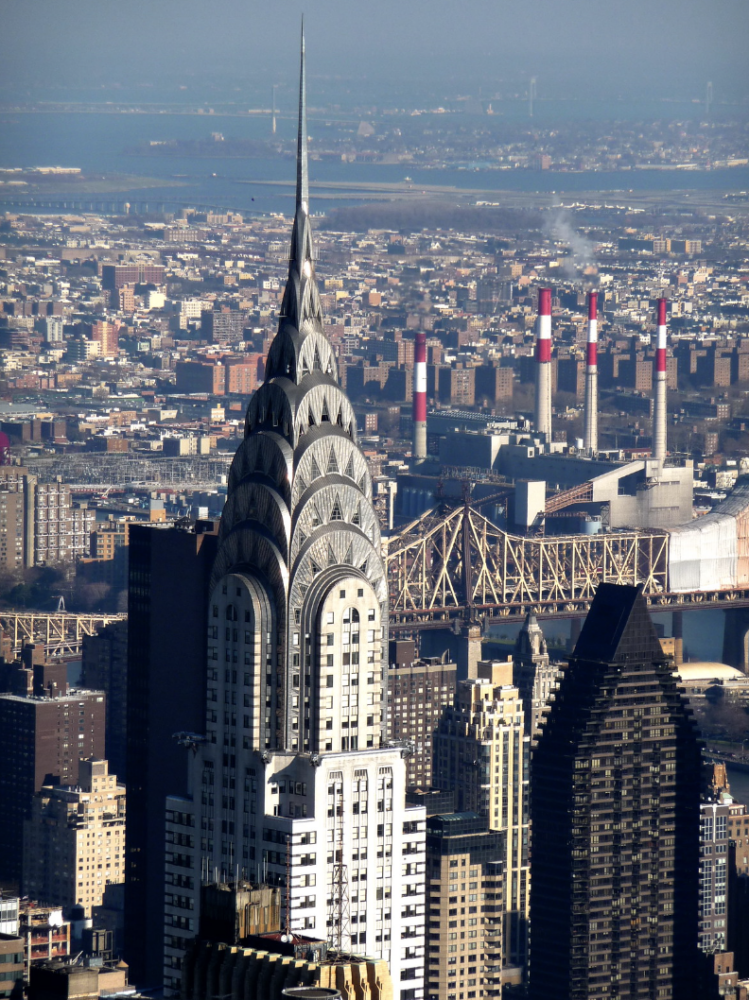
Above is one of the most iconic example of Art Deco architecture, aside from the Empire State Building. The Chrysler building was designed by architect William Van Alen and built from 1928-1930 by Walter P. Chrysler of the Chrysler Corporation. The building was “dedicated to world commerce and industry” which aligns exactly with the Art Deco’s promotion of modernity, wealth, sophistication and anti-traditional styles. Prior to the construction of this building, Eugène Grasset, Hector Guimard, Francis Jourdain, Maurice Dufrêne, Paul Follot and Pierre Chareau were the original French artist and designers who gained Art Deco it’s foot hold and traction.
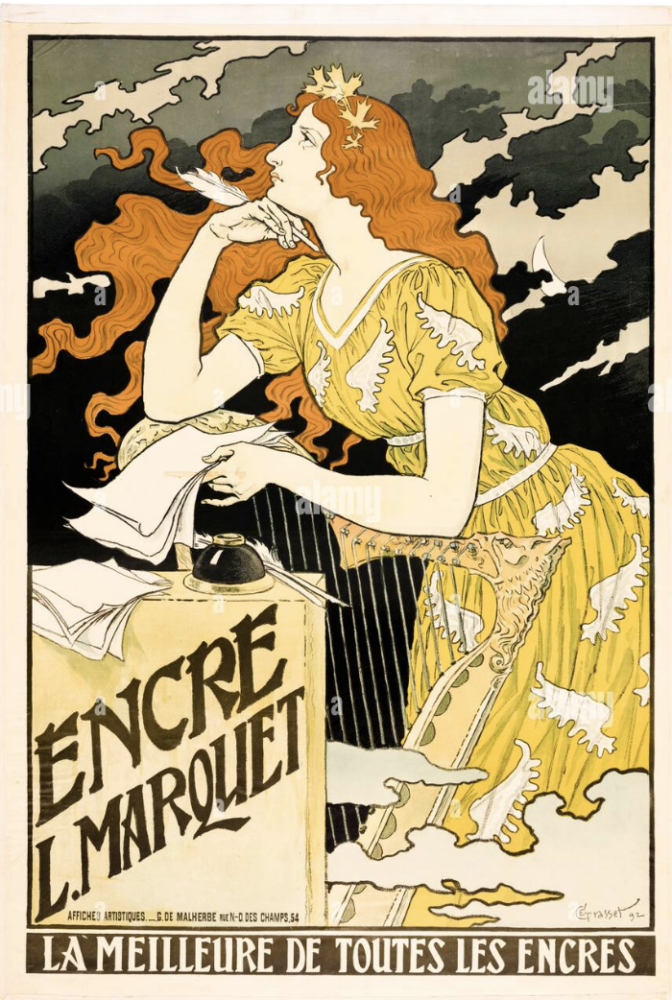
Above is a piece by Eugène Grasset that presents the common Art Deco style presented in pictures and prints in the early 1910s – 1920s. The pieces of this time are simple yet elegant with many bright and contrasting colors. Again, signifying the prosperity and luxury of the industrialist movement of the time. This aesthetic along with cubism dominated up until WW1 but then resurface prior to WW2. You can find many WW2 posters, whether for in-listing, propoganda, etc. on both the Allied and Axis side, using Art Deco styles. While the picture below is an example of the modern take on a past war time poster, it signifies the same use of simple yet contrasting colors with a common “intense” theme.
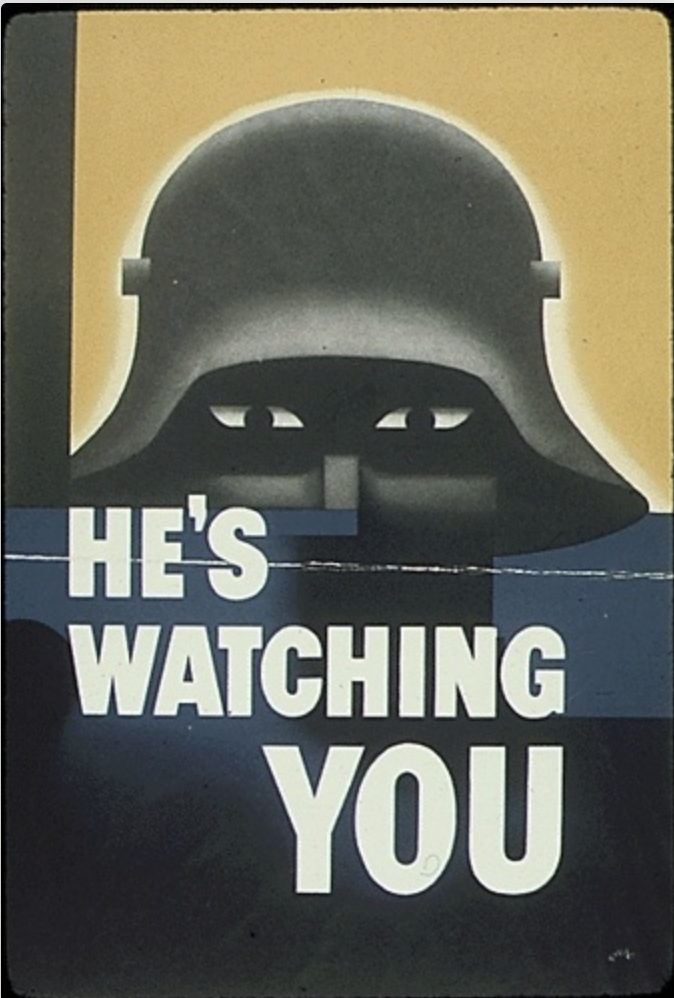
More recently, the art depictions of the book/movie “The Great Gatsby” is a great example of Art Deco which you may already know of. Below is the cover art to a newer copy of the book which uses geometrical shapes, along with the color gold symbolizing the wealth and statue of the main character in the movie, Gatsby, while also setting the time period of post WW1.
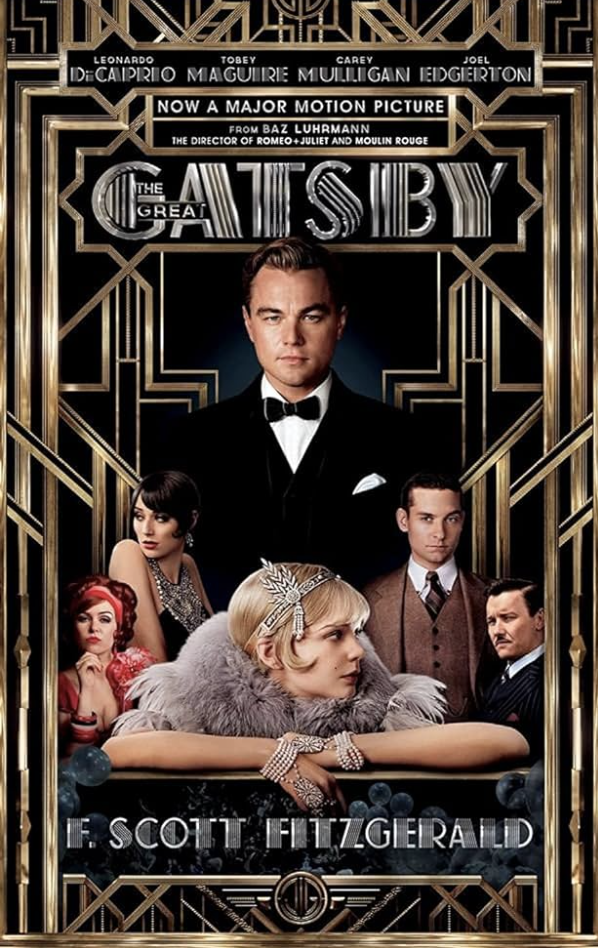
Below I have placed some of my favorite unique examples of Art Deco that can be found in older architecture in both the US and other countries. The first being the Los Angeles Eastern Columbia Building which was built in 1930. The Building was designed by Claud Beelman and emulates the Art Deco aesthetic perfectly. The building is geometric in shape and more so than that is covered in glossy turquoise terracotta with gold accents giving it a flashy finish. Surprisingly, this building initially housed Eastern, a furniture brand and Columbia the apparel brand’s department store. However, it has now been bought up as personal residences with Johnney Depp being one of the buyers.
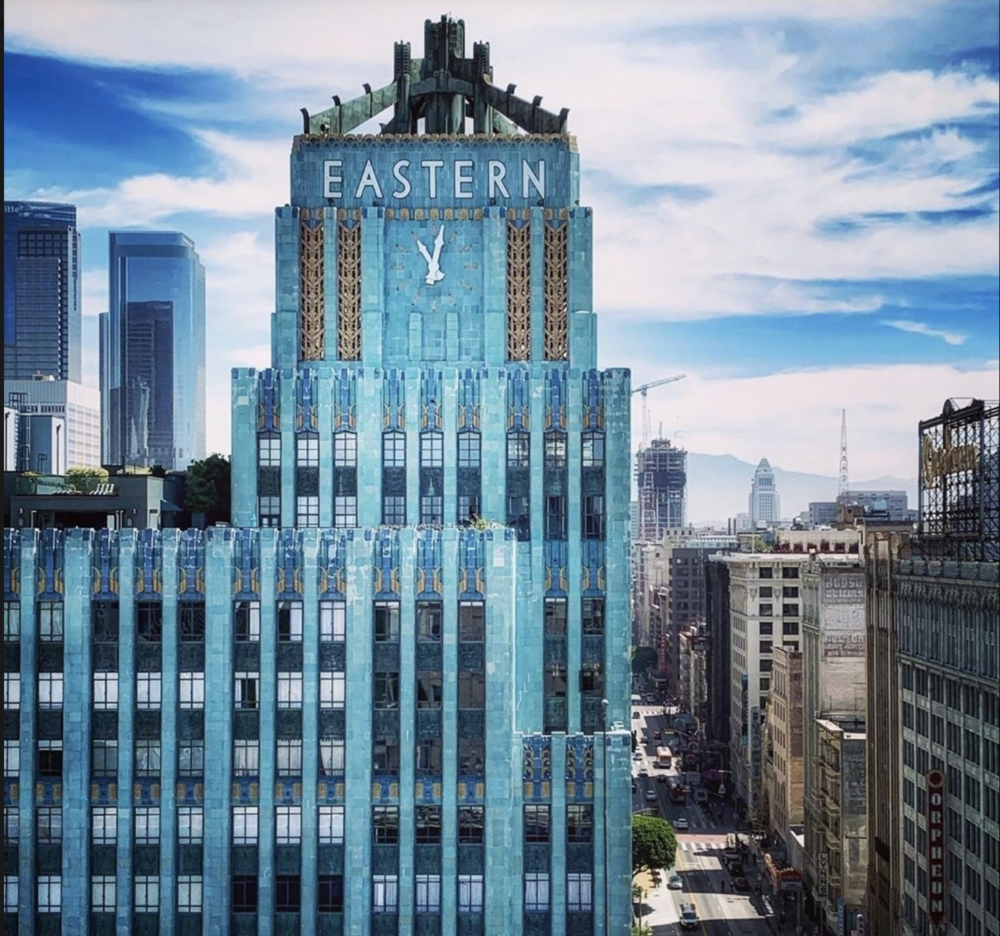
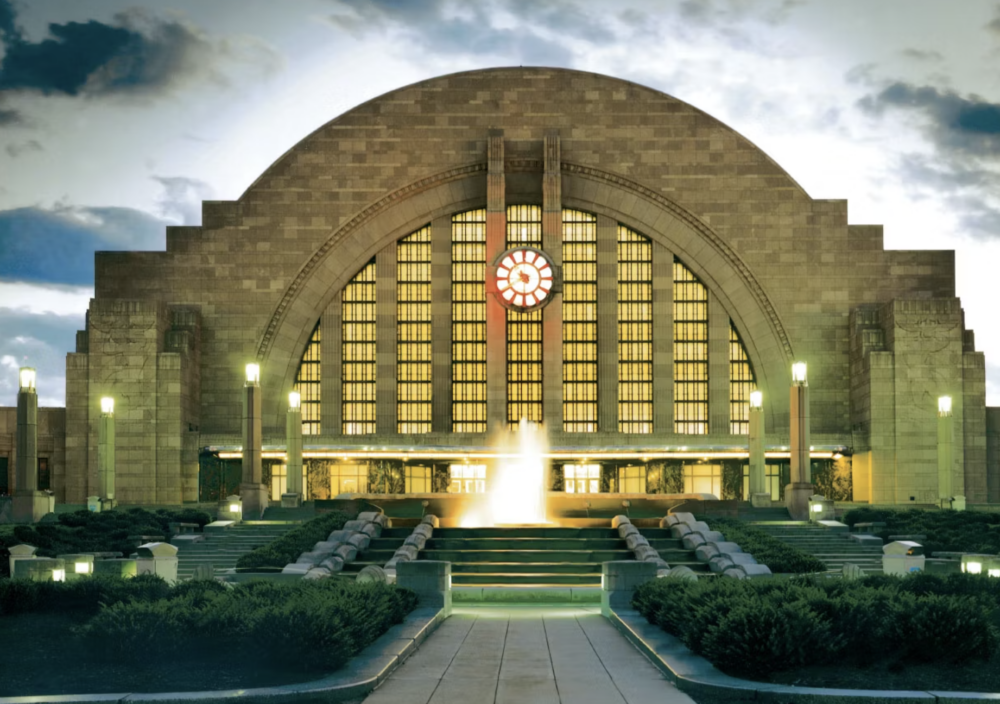
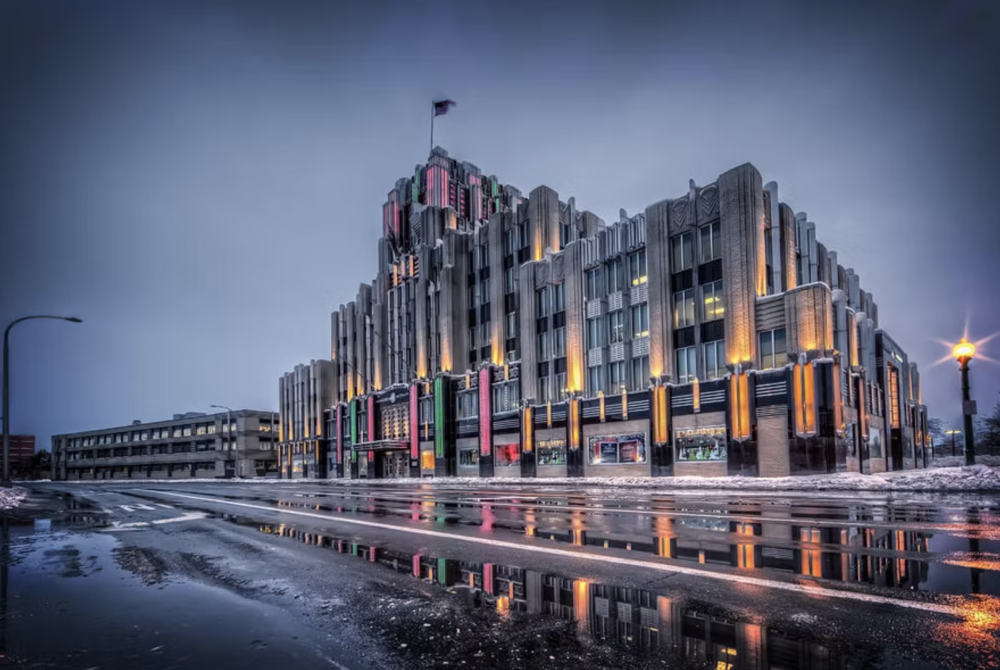
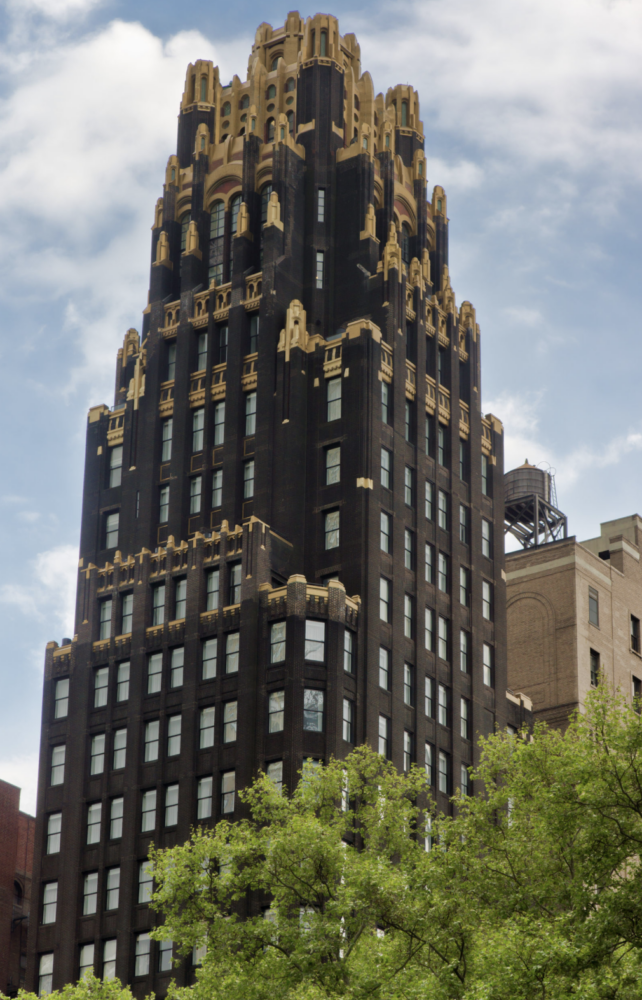
Post Sources:
Guttridge-Hewitt, Martin . “15 Magnificent Examples of Art Deco Architecture – Architizer Journal.” Journal, 18 Feb. 2020, architizer.com/blog/inspiration/collections/great-gatsby-architecture-15-rip-roaring-examples-of-art-deco/.
“International Exhibition of Modern Decorative and Industrial Arts.” Wikipedia, 31 Jan. 2020, en.wikipedia.org/wiki/International_Exhibition_of_Modern_Decorative_and_Industrial_Arts.
Limited, Alamy. “Eugène Grasset, Encre L. Marquet, Art Nouveau Poster, 1892 Stock Photo – Alamy.” Www.alamy.com, www.alamy.com/eugne-grasset-encre-l-marquet-art-nouveau-poster-1892-image357912748.html. Accessed 24 Jan. 2024.
“Posters, Print Design, Art Deco, Art, and Illustrations Image Inspiration on Designspiration.” Designspiration, www.designspiration.com/save/32136118681/.
The Editors of Encyclopedia Britannica. “Art Deco | Definition, Characteristics, History, & Facts.” Encyclopedia Britannica, 24 Oct. 2023, www.britannica.com/art/Art-Deco.
Wikipedia Contributors. “Art Deco.” Wikipedia, Wikimedia Foundation, 28 July 2019, en.wikipedia.org/wiki/Art_Deco.

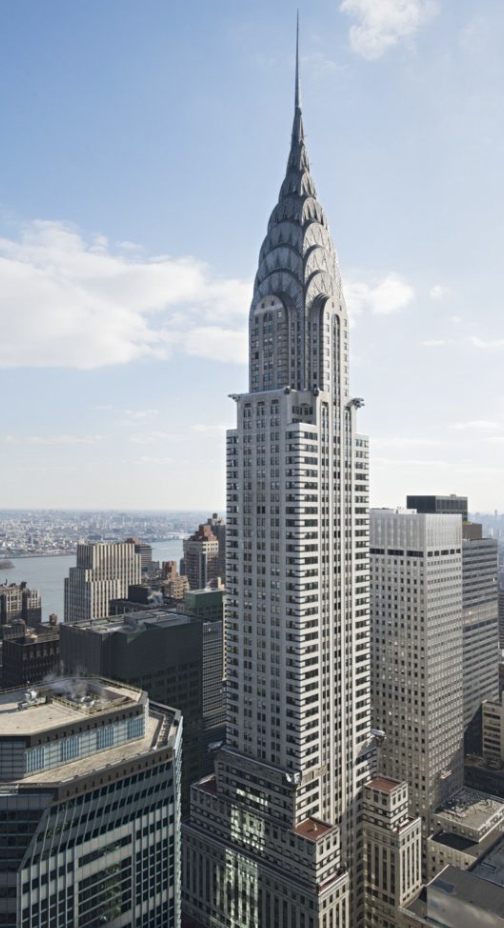
4 Comments. Leave new
Hey Max I really liked the aesthetic you chose. The Art Deco movement, originating in the 1920s, left an indelible mark on visual art, architecture, and design. The iconic Chrysler Building in New York City stands as a testament to this style, showcasing its geometric and ornate features that symbolize modernity and wealth. From Eugène Grasset’s early Art Deco posters to contemporary adaptations in “The Great Gatsby,” the movement’s influence endures, exemplified in architectural gems like the Los Angeles Eastern Columbia Building and Union Terminal. Overall really amazing work.
Hi Jarod thank you for reading my post and I appreciate the kind words!
Max, this post on Art Deco is a commendable exploration of its origins and evolution. The historical context and iconic examples effectively convey Art Deco’s distinctive features. However, a brief analysis of its broader cultural impact could enhance the narrative. The visuals add value, but a more concise description of specific Art Deco elements in each image would improve engagement. While the connection to “The Great Gatsby” is interesting, a deeper exploration of Art Deco’s modern influences could be beneficial. Overall, the post provides a good overview of the aesthetic.
Hi Nick thank you for reading my post and for the constructive criticism. I understand what you are saying about adding more content however, due to the size of the assignment it didn’t make sense to go to that depth of detail. That being said moving forward I will keep those suggestions in mind!